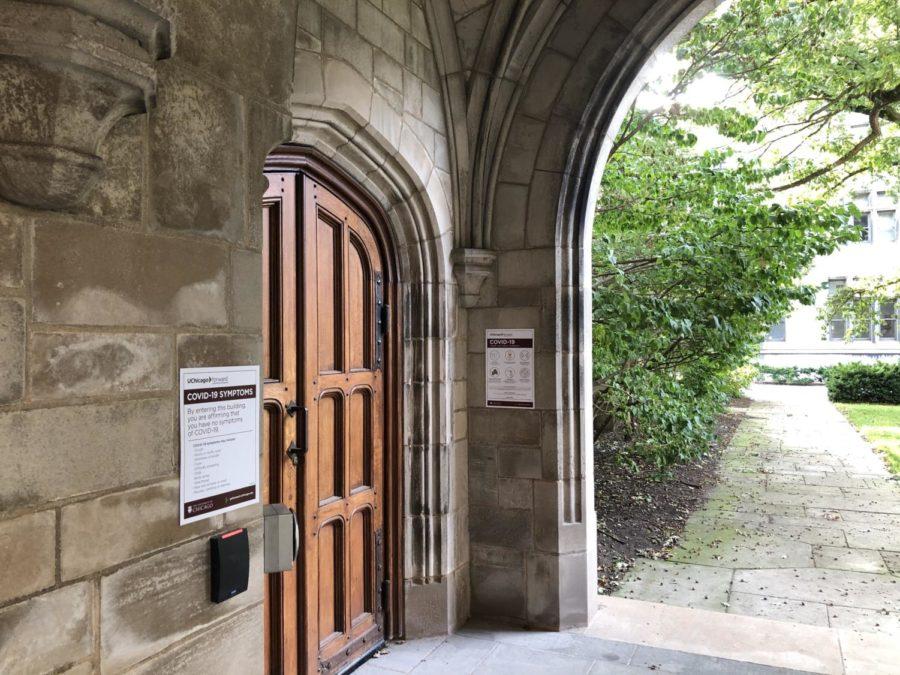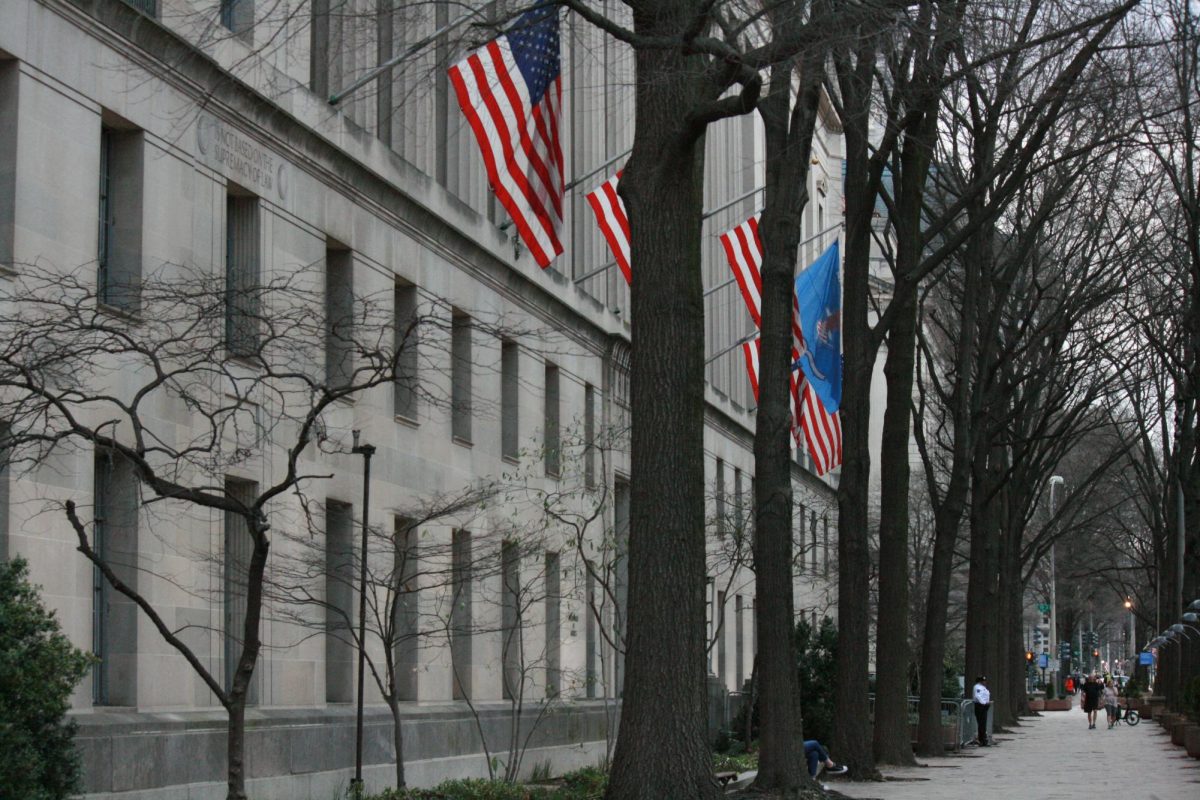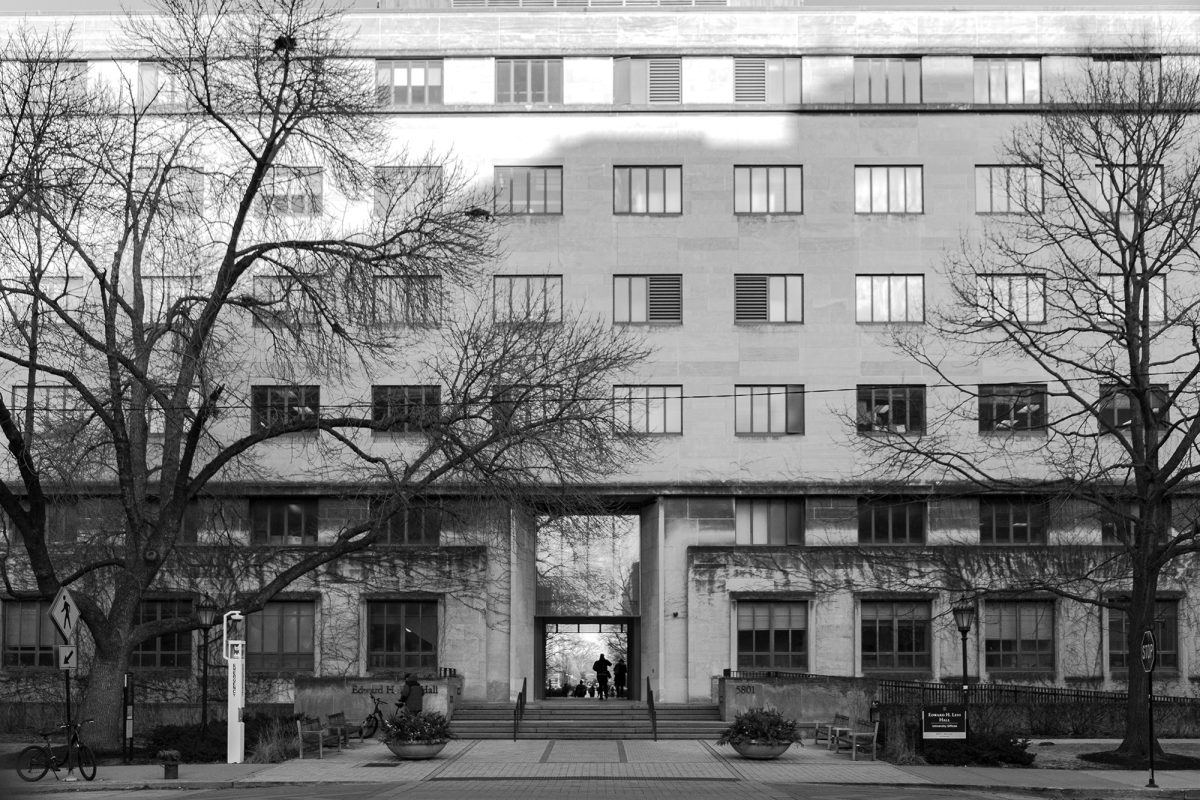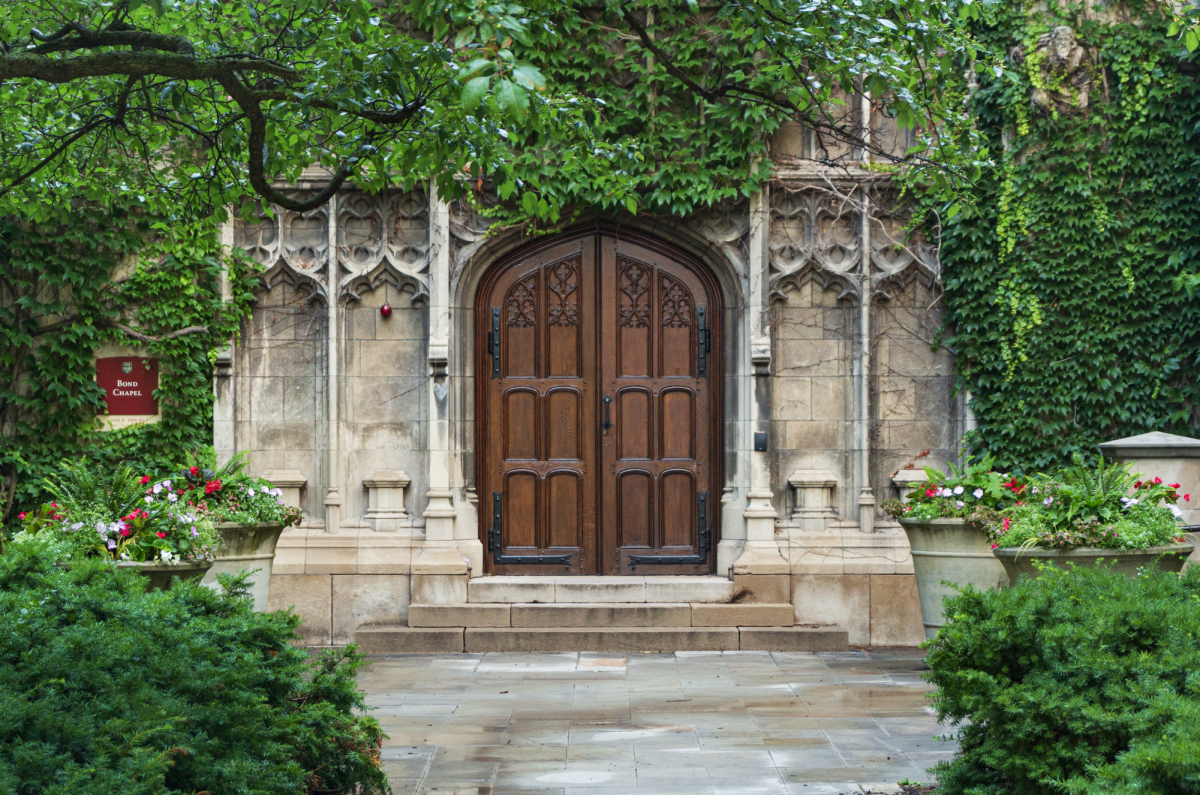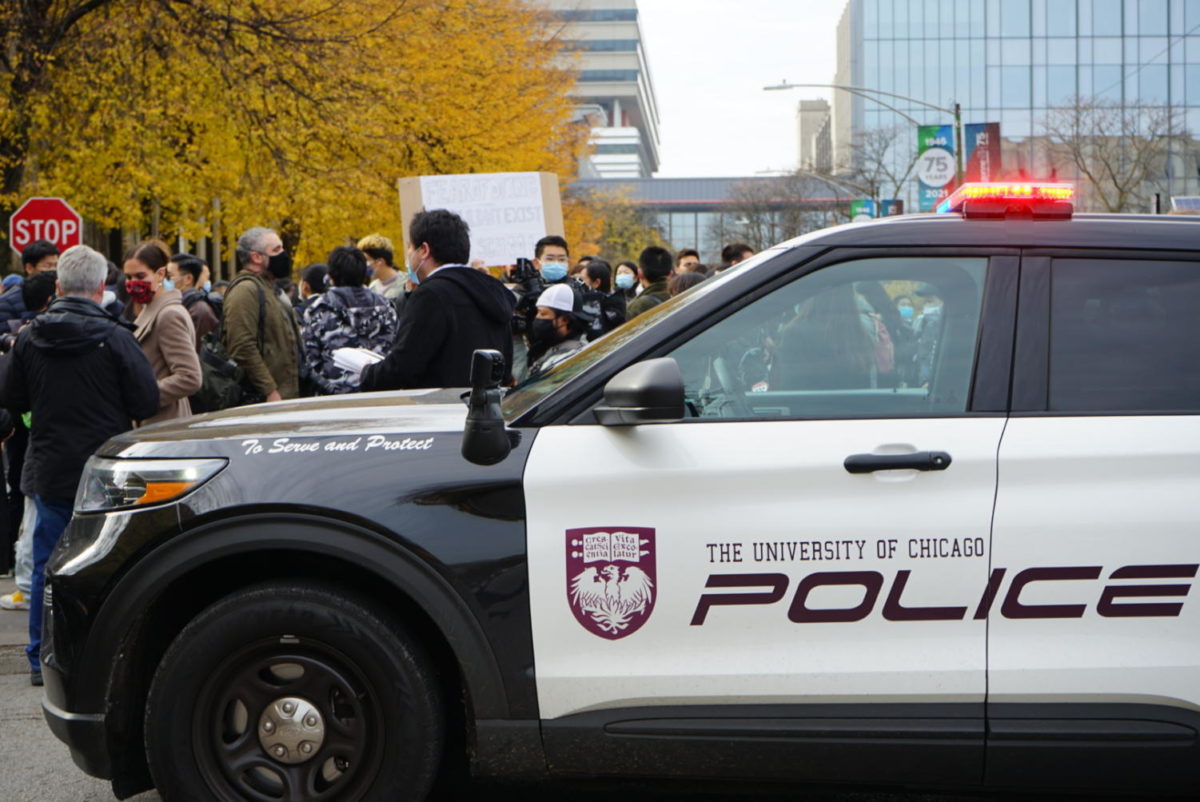On Monday, the City of Chicago’s stay-at-home advisory took effect, advising Chicagoans to only leave home for work, school, or to fulfill essential needs, as well as canceling their planned holiday celebrations. The average number of confirmed cases being reported every day is 2,343 as of November 20. Dr. Allison Arwady, the head of the Chicago Department of Public Health, stated last week that the city is in “uncharted territory.” The University of Chicago has already seen one large-scale pivot in response to a case cluster that erupted after an off-campus gathering of Booth students. There’s no reason to think the Booth outbreak will be the only one. The temptations to act unsafely are only going to get worse as the weather also gets colder and it becomes more difficult to socialize outside and responsibly. To help mitigate COVID risks and keep all community members safe, the University should update its COVID-19 dashboard more frequently, add benchmarks to inform the University community about the seriousness of the campus-related pandemic, and extend the mandatory surveillance testing program into the duration of the quarter to account for the University members who will be on campus after Thanksgiving. Most urgently, the University should require ”exit testing” for students leaving campus for the Thanksgiving holiday. And University members must take the mitigation measures seriously—by maintaining social distance, complying with capacity and masking rules, and getting themselves tested in the event that they plan to travel. This pandemic has stretched eight months, but it will only last longer if we give up on the actions we know will lead to its resolution.
When we learned about plans to return for the fall back in June, the University emphasized its prioritization of the health and safety of all students, faculty, staff, and community members. We wrote in September both that the University should inform the school community at what point in COVID case numbers would merit a return to completely remote classes, and asking that the University require all students in Hyde Park to partake in mandatory testing. The University has declined to take either of these measures. Although it is requiring student athletes and students living in on-campus housing to be tested weekly, this does not cover everybody who uses University facilities for in-person classes or research. The University has also remained vague about a contingency plan regarding what conditions would result in moving back to remote classes.
Fortunately, infection rates have been much lower in Hyde Park and on campus than in the rest of the city. To the University’s credit, there was a prompt response to the case cluster at Booth and the school community received clear communication about the direction of virus trends. Currently, UChicago’s dashboard typically updates its data within two business days, and the campus community receives updates on Friday afternoons. Reducing the lag in reporting and adding more communication about the progress of the virus before a Friday afternoon would allow for everyone to understand how serious the circumstances are, and incorporate information that’s closer to the real-time scenario into their daily lives on campus throughout the week. Cornell University and the University of Illinois at Chicago (UIC) are each examples of this increased communication about caseload and contingency planning. Cornell has a rating scale for safety from “new normal” to “shut down,” and they give daily updates about tests conducted and positive results. UIC provides weekly updates on university preparedness on their dashboard relating to metrics like how quickly contact tracing efforts are able to proceed and the availability of protective equipment to their campus community members.
Another step toward keeping more community members safe would be to ramp up testing even more. One way to help significantly is to test more people and fill the voluntary testing program. This past October, the University re-opened access to join the program because capacity had not yet been reached but incorporating new signups into the testing program took until early November. And now that those slots are filled, the autumn testing regimen is about to conclude, and the University will not require testing the members of the voluntary testing cohort in the ninth week of the quarter or during the finals period, even if they remain in Chicago. Expanding the capacity of the voluntary testing program and ensuring that every slot is filled would allow the University to better track the spread of the virus and contain “super-spreader” events before more people can get sick.
In addition to filling the surveillance testing program to capacity, the University should also offer exit testing for students traveling away from Chicago between now and the beginning of winter quarter. The University is well aware that travel presents increased risks of transmission, as evidenced by the periods of isolation required of students living in housing this quarter and next before they are allowed to participate in activities on campus. Offering exit testing—that is, COVID–19 tests within 72 hours of departure—would give students an extra layer of precaution as they travel away from campus. Of course, a negative COVID test in advance of travel is not a guarantee that individuals will not be exposed to COVID–19 after their test or en route to their destination, but it can help give a basic assurance that the exodus of students from Hyde Park will not end up transmitting the virus to communities around the world. The voluntary exit testing program at Middlebury College, for example, has already found three students with positive COVID diagnoses who are now able to recover before traveling. If the University will not offer exit testing, even on a voluntary basis, this suggests that the administration will take basic safety precautions when there is a liability of transmission on campus, but not do so when there is a risk of students transmitting COVID to their loved ones after having been invited to return to Hyde Park with promise of in-person classes and a semblance of a normal quarter.
On Monday, the University discouraged travel during the holiday season, and on Wednesday the CDC made the same recommendation; but if you must travel, there are a few basic precautions you should take. Before leaving, you should verify that you are not showing COVID–19 symptoms and that you have not been exposed to the virus in the last 14 days. When you travel, you should make sure you have an up-to-date flu shot, wear an appropriate face covering, and wash your hands frequently. When you arrive, be aware of any travel-related quarantine requirements that your destination may have in place.
All this is to say that it’s on the University and its members to help Chicago flatten its curve. The institution routinely advertises its location as one of its greatest assets and for the individuals who are affiliated with it: this city is home. It’s ultimately up to us to help dictate how seriously we want to take these serious circumstances. The Maroon Editorial Board calls on each and every person reading this editorial to cancel your plans, wear masks (not neck gaiters), keep your testing appointments, and limit your movements. It didn’t have to be this way, but that’s an editorial better suited to eight months ago. For now, we ask that the University step up its information and testing game, and that the members of its community respond accordingly.



